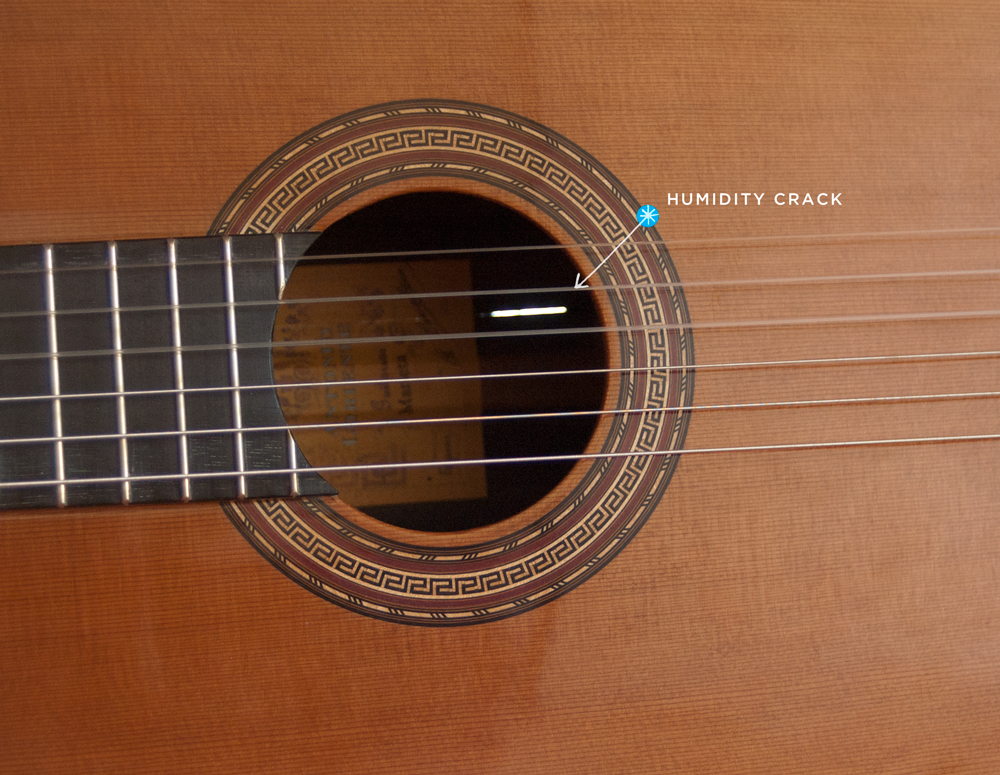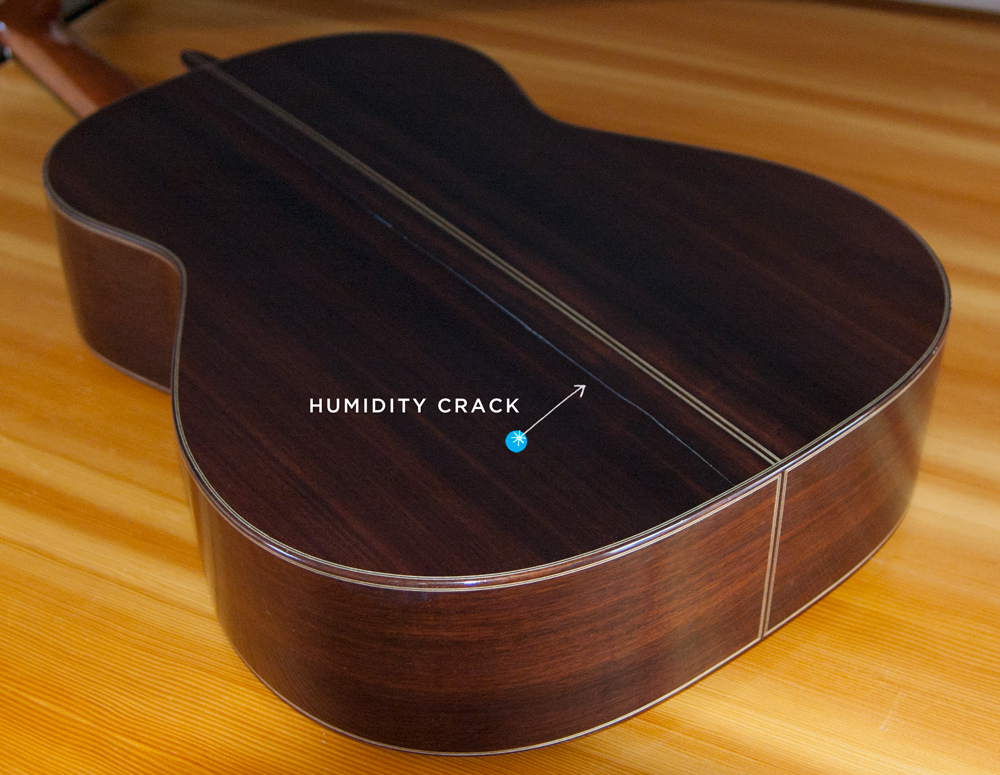Córdoba Guitar Care
Our recommendations to preserve your instrument
To ensure that you enjoy and protect your investment for many years to come please take a moment to read the following information carefully:
Your new guitar is a living, breathing entity that is easily affected by its surrounding environment.
Although the woods used in the making of your guitar are carefully dried and seasoned, they still breathe, expand and contract.
As a general rule, do not leave your guitar in any situation in which you yourself would not be comfortable such as:
- inside a hot vehicle,
- next to a radiator,
- or in direct sunlight.
Avoid exposing your guitar to extreme and/or sudden changes in temperature and humidity, especially for prolonged periods (over 24 hours).
How to protect your guitar in wet and dry climates
In wet or humid climates, the wood can soak up excess moisture from the air and dull the sound of the guitar, loosen the glue used during construction, or lower the action of the strings, causing buzzing. In dry climates, cold weather or artificially heated rooms, your guitar’s wood can lose its natural moisture.
You will feel the sharp fret ends begin to jut out from the side of the fingerboard.
This is a sign the guitar is drying out. If the level falls below 30%, the top of the guitar will most likely begin to distort and eventually crack.

Balanced humidity can be easily achieved by using a portable humidifier inside the guitar case at all times. The guitar should be stored inside the case whenever not in use. HumiCase™ offers this climatic protection built right into the case.

To avoid problems derived from climate, it is strongly recommended that you keep your guitar within a temperature range of 60°F to 85°F and a relative humidity of 45% to 65%.
Temperature range
60°F to 85°F
Relative Humidity
45% to 55%
To adjust for neck changes due to climate fluctuations and wood movement, certain Córdoba guitars are equipped with truss rods. The truss rod moves both forward and backward to adjust for both back and forward bows, and can be accessed through the sound hole. Loosen the strings for ease of access.

With the guitar set on a flat surface, tilt the body and reach in the soundhole through the 3rd and 4th strings with a 4mm Allen wrench and insert in the Allen nut, located at the top cross brace of the soundboard, close to the end of the neck.
Turn counter-clockwise to add relief or correct back bows, and clockwise to reduce relief or correct too much forward bow. Some resistance to turning is normal, and a small amount of movement will cause significant change. Remove the wrench by lifting the guitar upside down, and allowing the wrench to drop into your hand.
Remember that the neck is not supposed to be straight: between .003” and .008” relief on the bass side and slightly less on the treble side is optimal.


